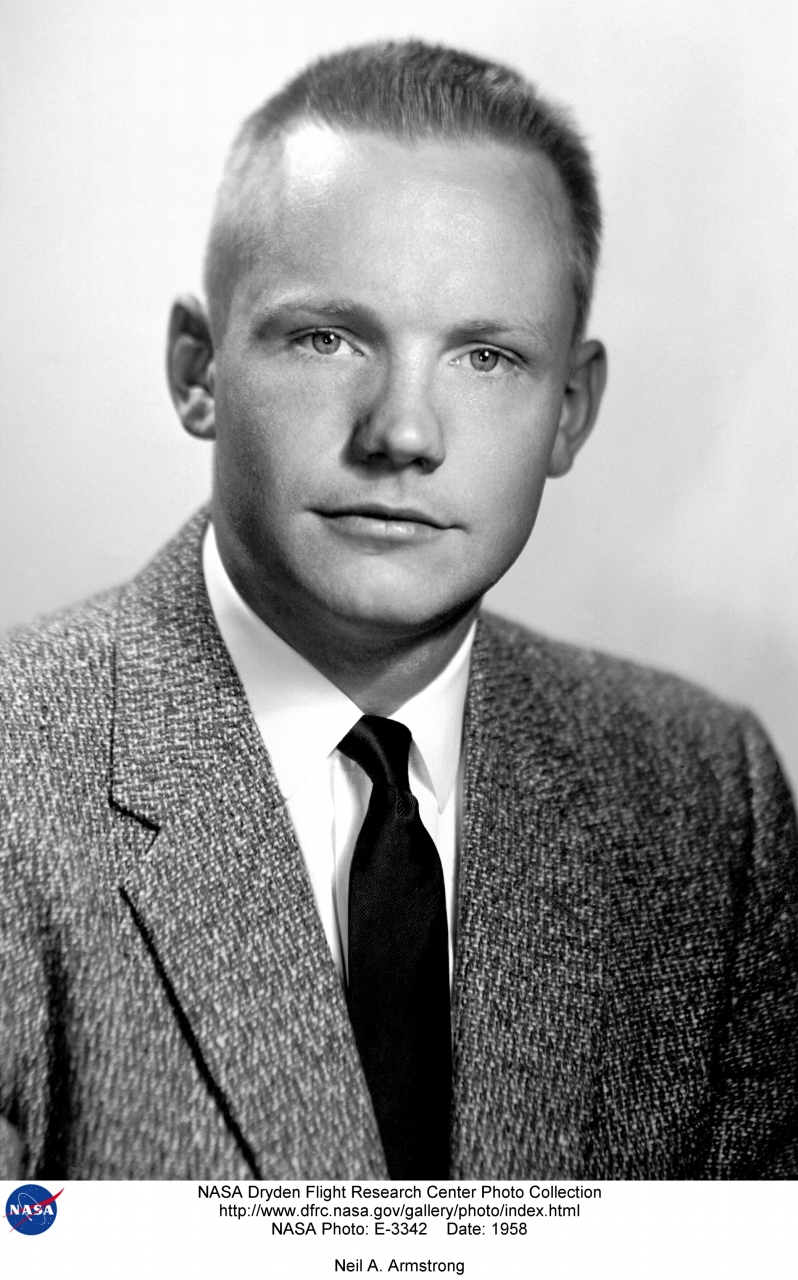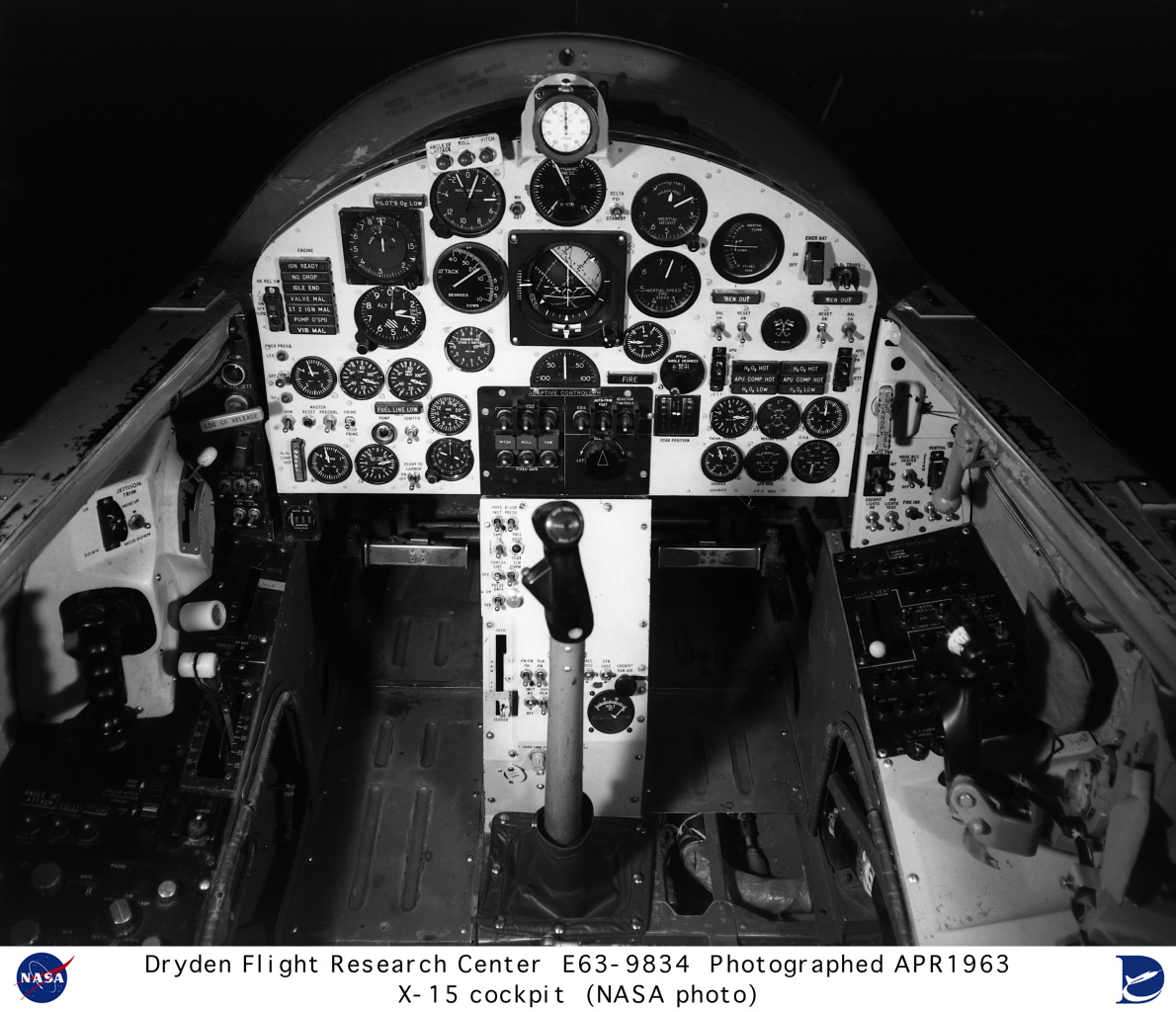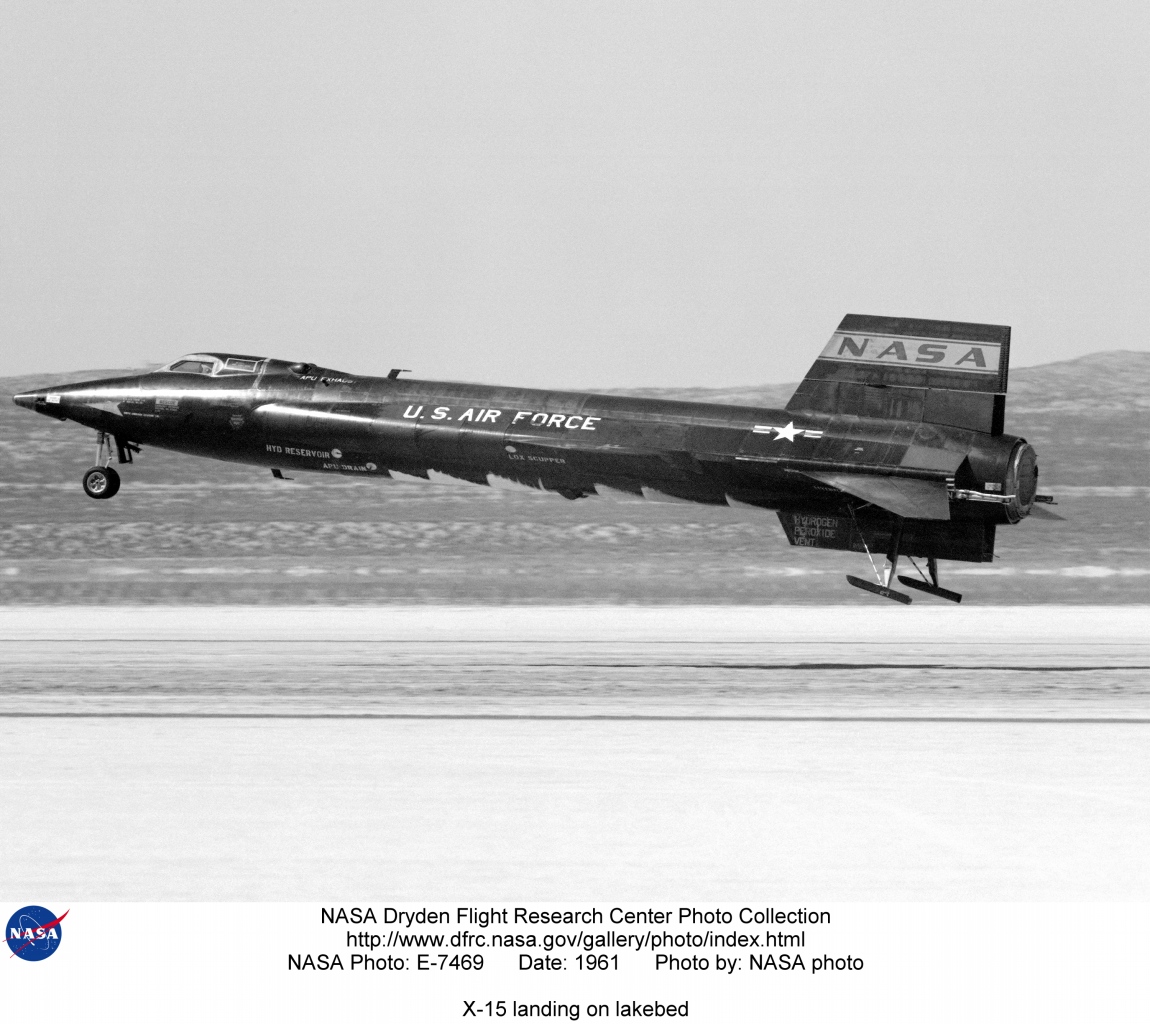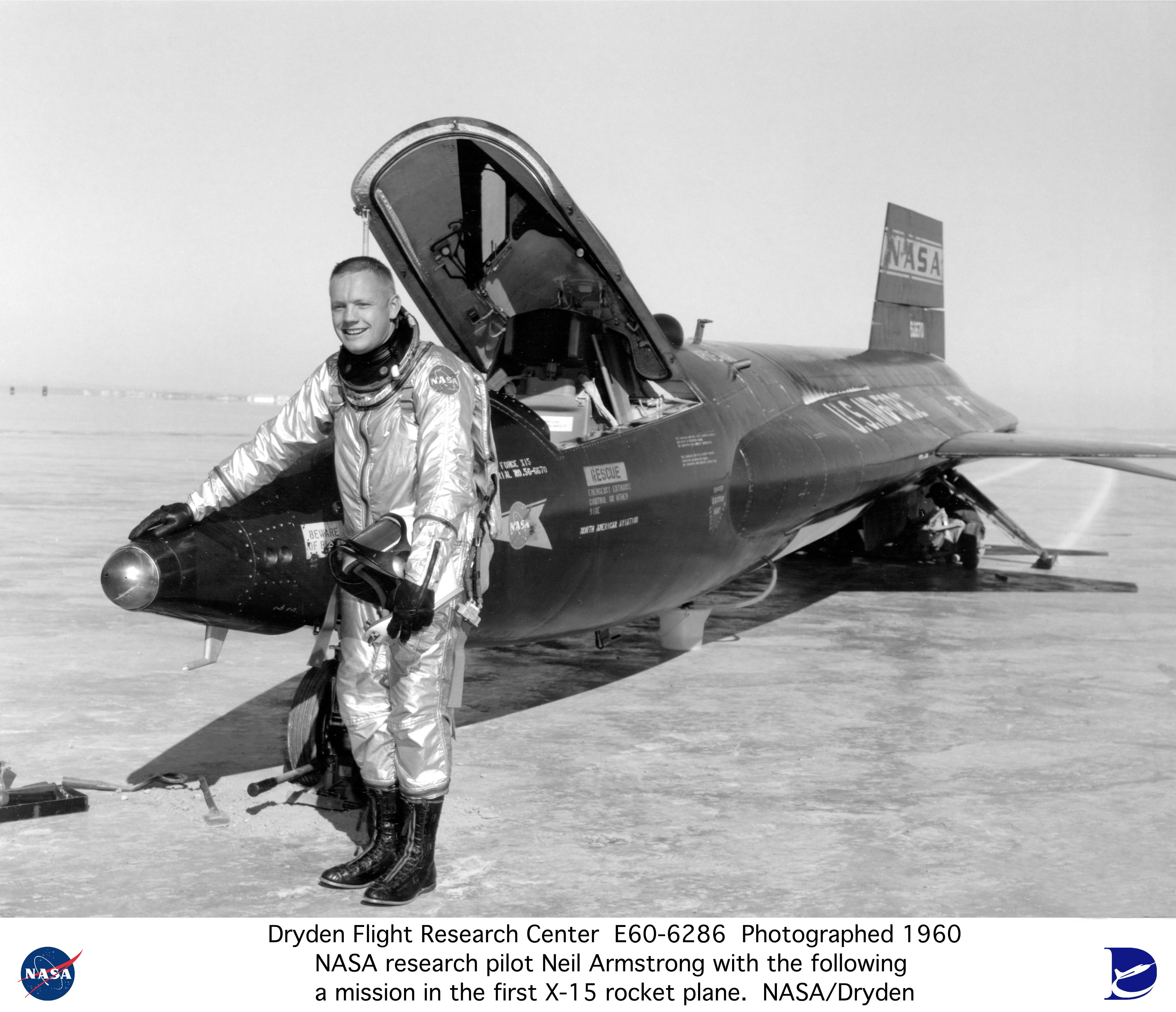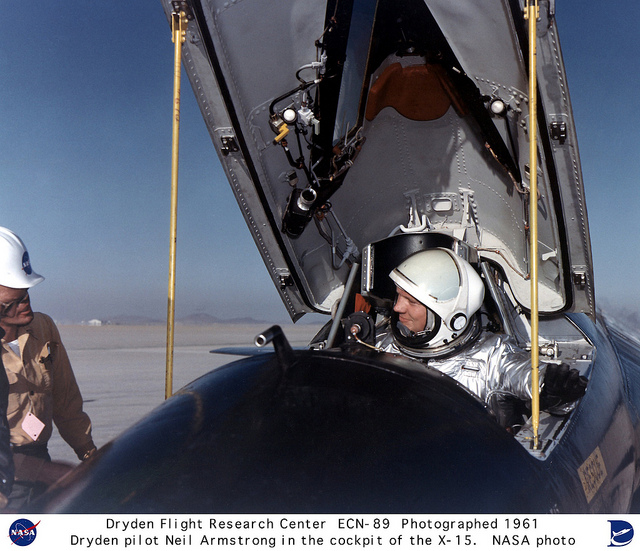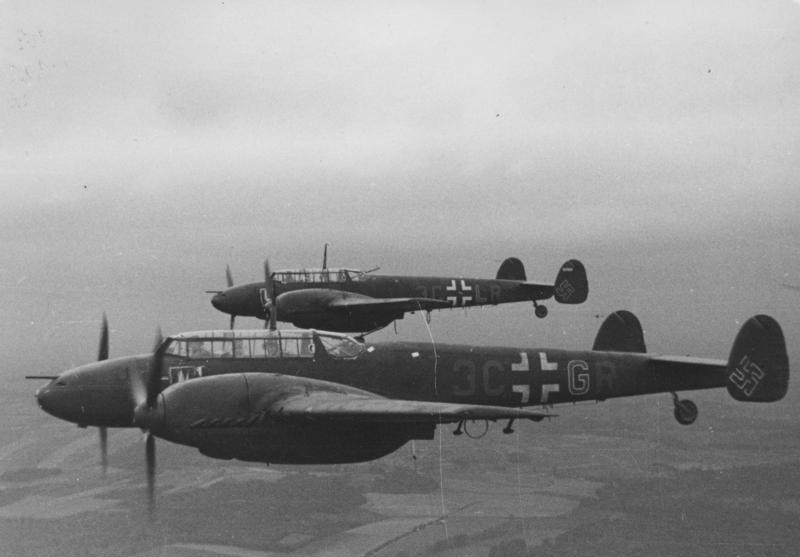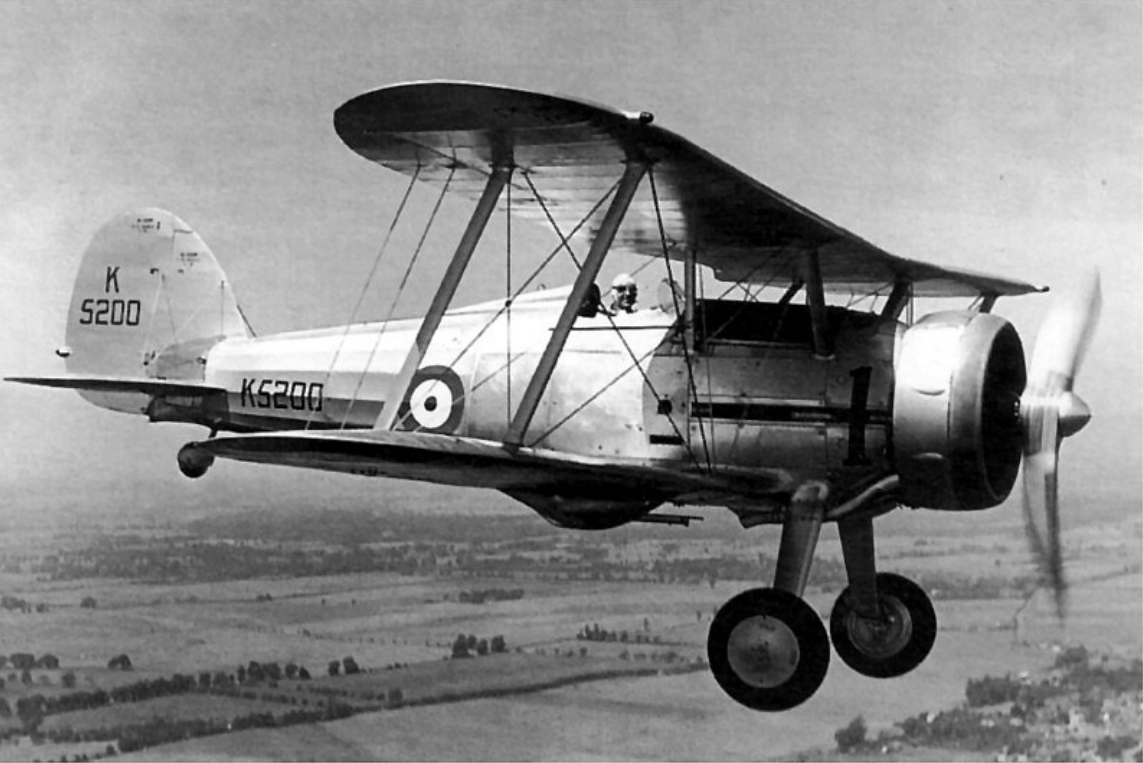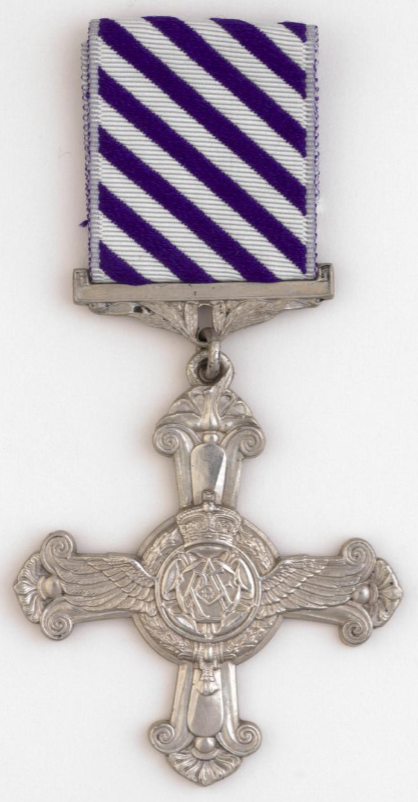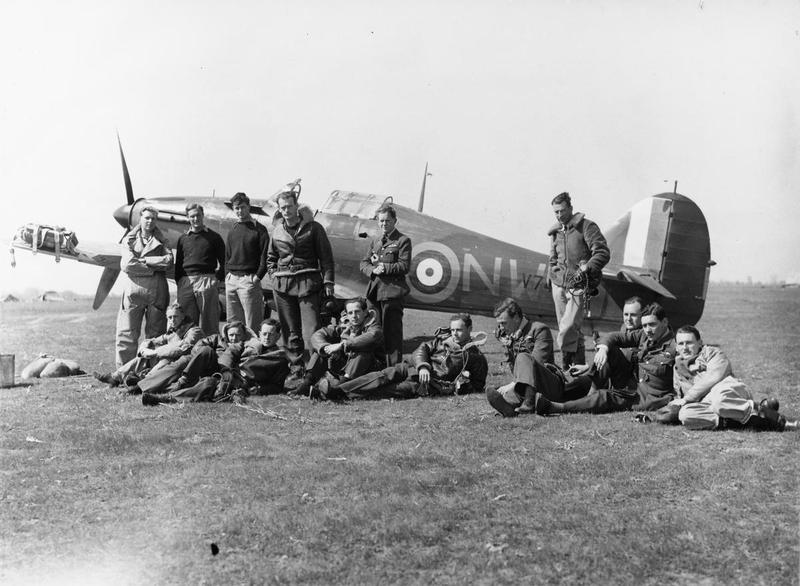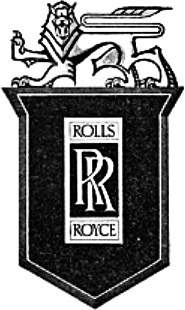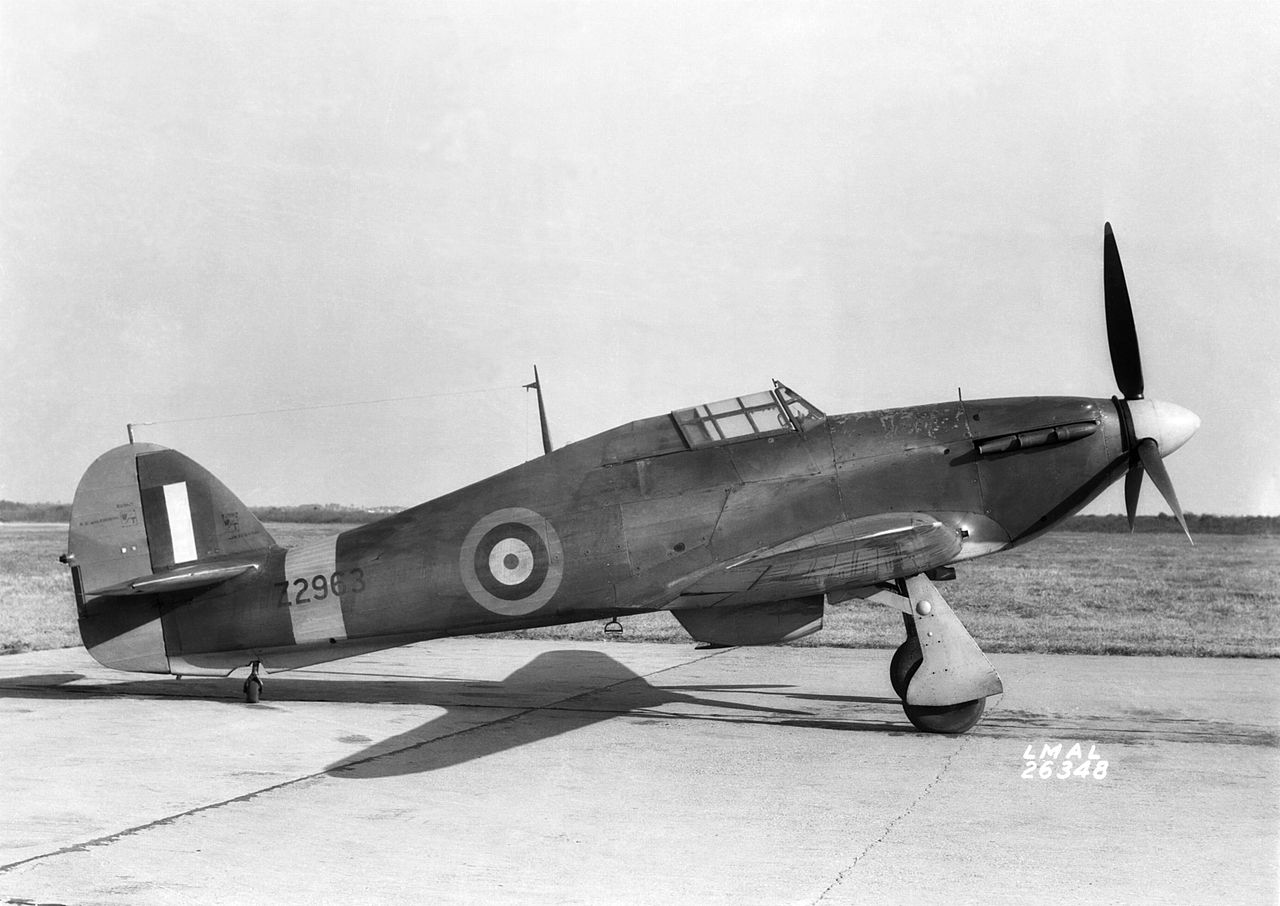
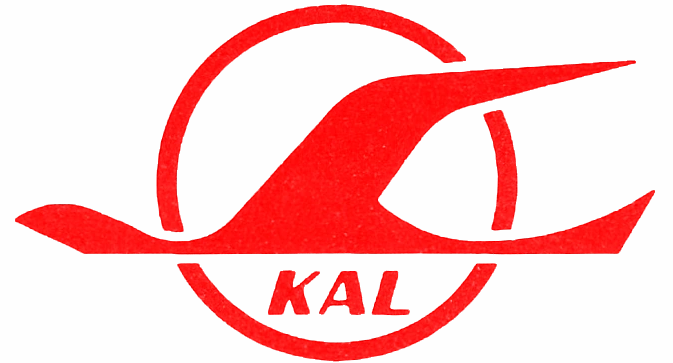 20 April 1978: A Soviet Air Force Sukhoi Su-15TM interceptor attacked Korean Air Lines Flight 902, a Boeing 707 airliner which had overflown Soviet territory. A major navigational error by the flight crew caused Flight 902 to deviate approximately 150° to the right of its planned route from Paris, France, to Anchorage, Alaska.
20 April 1978: A Soviet Air Force Sukhoi Su-15TM interceptor attacked Korean Air Lines Flight 902, a Boeing 707 airliner which had overflown Soviet territory. A major navigational error by the flight crew caused Flight 902 to deviate approximately 150° to the right of its planned route from Paris, France, to Anchorage, Alaska.
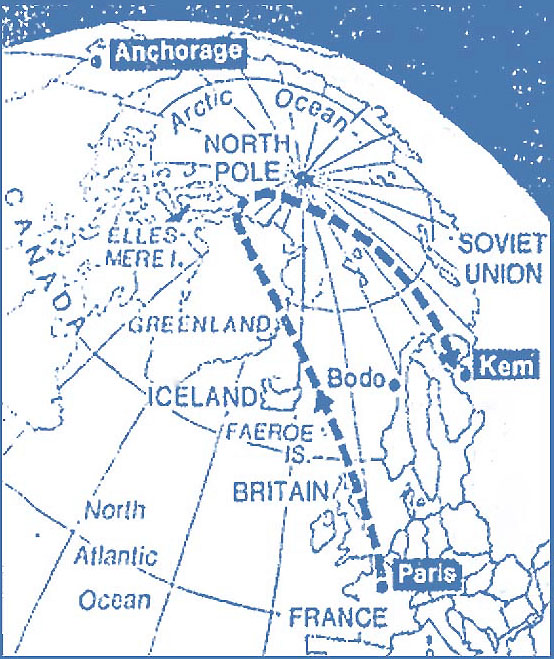
Captain Alexander Bosov, an interceptor pilot of the 365th IAP (Istrebitel’nyy Aviatsionnyy Polk, Fighter Aviation Regiment), Soviet Air Defense Forces, based at Afrikanda, Murmansk Oblast, Russia, had been sent to intercept the intruder. A second Su-15TM, piloted by Sergei Slobodchikov of the 265the IAP, was dispatched from Poduzmenie.
Bosov initially reported the airliner as the similar Boeing RC-135 military reconnaissance aircraft, but when he was closer, was able to recognize the markings of Korean Air Lines. He repeatedly informed his controllers that the airplane was a civilian airliner, describing its markings, but his superiors ordered him to shoot it down.
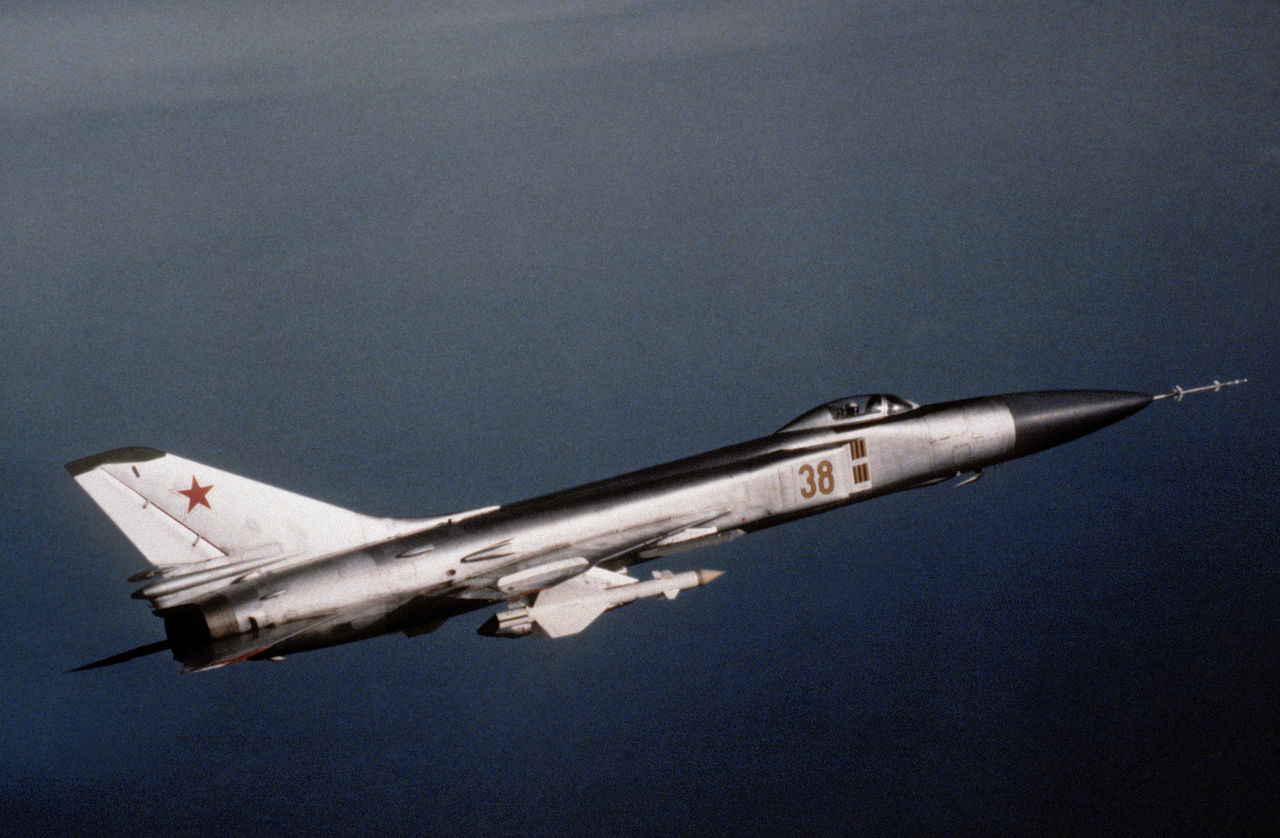
Captain Bosov fired two Vympel R-60 infrared-homing air-to-air missiles. One missed, but the second missile hit the 707’s left wing and detonated.
The airliner’s left wing, outboard of the Number 1 engine, was blown off. Shrapnel penetrated the passenger cabin, resulting in explosive decompression. Of the 109 persons on board, two were killed.
The descending wing section was picked up by Soviet air defense radar, with the return being interpreted as a cruise missile, and another interceptor was sent to attack it.
The flight crew, Captain Kim Chang Kyu Lee, First Officer Chyn Xing, and Navigator Lee Kun-shik, crash-landed the 707 on a frozen lake in the Karelian Autonomous Soviet Socialist Republic, near the USSR/Finland border.
After about two hours, Soviet soldiers arrived at the crash scene. The survivors were transported by helicopter to the town of Kem. On 22 April, they were flown to Murmansk, where a Pan American airliner took them out of the Soviet Union to Finland. Captain Kim and Navigator Lee remained under arrest in Leningrad for violating Soviet airspace. They were released 29 April 1978.
The cause of the navigational error has not been determined. Soviet authorities refused to cooperate in the investigation, and Cockpit Voice Recorder and Flight Data Recorder information has never been released publicly. Captain Kim later said that he believed that navigational equipment had malfunctioned. In public statements, the flight crew gave incomplete, inconsistent and contradictory information.
(Captain Kim had been a fighter pilot during the Korean War, flying the Mikoyan-Gurevich MiG-15 for the Korean People’s Air Force.)

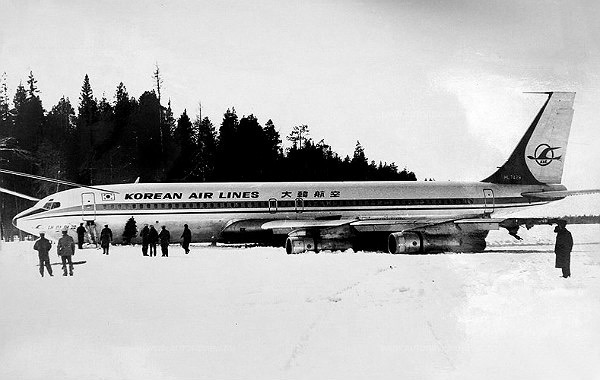
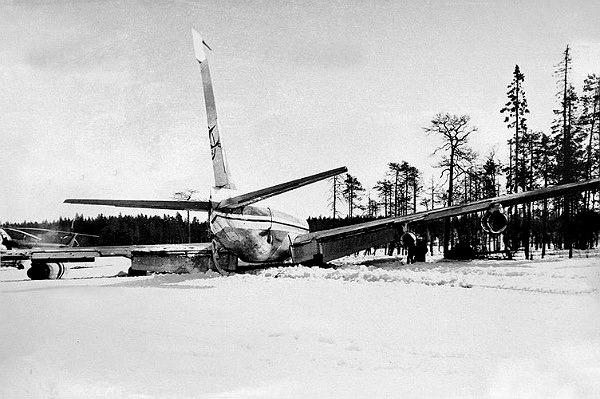

Soviet news articles commended Captain Bosov for his skill in firing the missiles so that the airliner would only be damaged, rather than destroyed.

![]() Flight 902 was a 1967 Boeing 707-321B, serial number 19363. It was first flown 9 September 1967, and was delivered to Pan American World Airways on 21 September 1967. The airliner was registered N428PA and named Clipper Star of Hope. The United States registration was cancelled 12 May 1977 when 19363 was exported to the Republic of Korea. It was reregistered HL7429.
Flight 902 was a 1967 Boeing 707-321B, serial number 19363. It was first flown 9 September 1967, and was delivered to Pan American World Airways on 21 September 1967. The airliner was registered N428PA and named Clipper Star of Hope. The United States registration was cancelled 12 May 1977 when 19363 was exported to the Republic of Korea. It was reregistered HL7429.

The Boeing 707-321B was 152 feet, 11 inches (46.609 meters) long, with a wingspan of 145 feet, 9 inches (44.425 meters) and overall height 42 feet, 1 inches (12.827 meters) at its operating empty weight. The leading edges of the wings and tail surfaces are swept 35°. The fuselage has a maximum diameter of 12 feet, 8.0 inches (3.759 meters). The -321B has a typical empty weight of 142,780 pounds (64,764 kilograms), and a maximum takeoff weight (MTOW) of 327,000 pounds (148,325 kilograms). The usable fuel capacity is 23,855 gallons (90,301 liters).
All 707-series aircraft are powered by four jet engines installed in nacelles below and forward of the wings on pylons. The -321B was equipped with the Pratt & Whitney Turbofan JT3D-3B engines. The JT3D is an axial-flow bypass turbojet engine. It has a 2-stage fan section, 13-stage compressor section (6 low- and 7 high-pressure stages), and a 4-stage turbine (1 high- and 3 low-pressure stages). The JT3D-3B has a Maximum Continuous Power rating of 16,400 pounds of thrust (72.95 kilonewtons) at Sea Level, and 18,000 pounds (80.07 kilonewtons) at Sea Level for Take Off. Its maximum r.p.m. limits are, N1, 6,850 r.p.m., and N2, 10,250 r.p.m. The engine’s fan diameter is 4 feet, 5.1 inches (1.349 meters). It is 12 feet, 1.5 inches (3.696 meters) long and 4 feet, 5.0 inches (1.346 meters) in diameter. the -3B weighs 4,340 pounds (1,969 kilograms).
The Boeing 707-321B had a maximum operating speed (VMO) of 454 miles per hour (731 kilometers per hour) Indicated Air Speed (IAS) at 23,000 feet (7,010 meters). Above 23,000 feet, the VMO was 0.887 Mach.
Boeing built 1,010 Model 707 airplanes between 1957 and 1979.
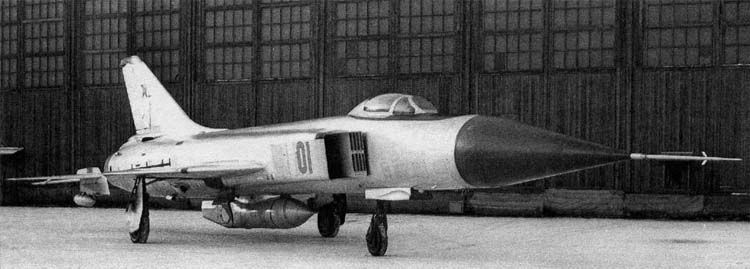
 The Сухой Су-15ТМ (Sukhoi Su-15, NATO designation, Flagon-E) is single-place, twin-engine, supersonic interceptor, designed and produced by the Sukhoi Design Bureau (OKB-51), near Moscow, Russia. The airplane’s configuration is described as a tailed delta. The prototype made its first flight 30 May 1962. The Su-15TM is the final production variant. It became operational in 1971 and was retired in 1993.
The Сухой Су-15ТМ (Sukhoi Su-15, NATO designation, Flagon-E) is single-place, twin-engine, supersonic interceptor, designed and produced by the Sukhoi Design Bureau (OKB-51), near Moscow, Russia. The airplane’s configuration is described as a tailed delta. The prototype made its first flight 30 May 1962. The Su-15TM is the final production variant. It became operational in 1971 and was retired in 1993.
The Su-15TM was 22.03 meters (72 feet, 3.3 inches) long, with a wingspan of 9.34 meters (30 feet, 7.7 inches) and overall height of 4.843 meters (15 feet, 10.7). The compound delta wing is swept 55° at the 25% chord along the inner wing, decreasing to 45° for the outer wing. The wing area is 36.6 square meters (393.96 square feet). The interceptor has an empty weight of 10,874 kilograms (23,973 pounds) and a maximum takeoff weight (MTOW) of 17,900 kilograms (39,463 pounds).
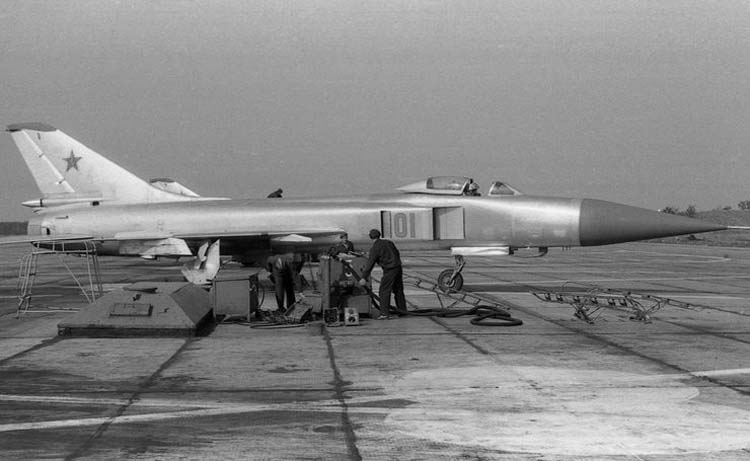
The Su-15TM was powered by two Tumansky R-13-300 engines. These are dual-spool axial-flow turbojets with afterburner. They use an 8-stage compressor section (3 low- and 5 high-pressure stages) and a 2-stage turbine (1 high- and 1 low-pressure stage). Each engine is rated at 40.2 kilonewtons (9,037 pounds of thrust), and 64.7 kilonewtons (14,545 pounds) with afterburner. The R-13-300 is 1.095 meters (3 feet, 7.1 inches) in diameter, 4.605 meters (15 feet, 1.3 inches) long, and weighs 1,205 kilograms (2,657 pounds).
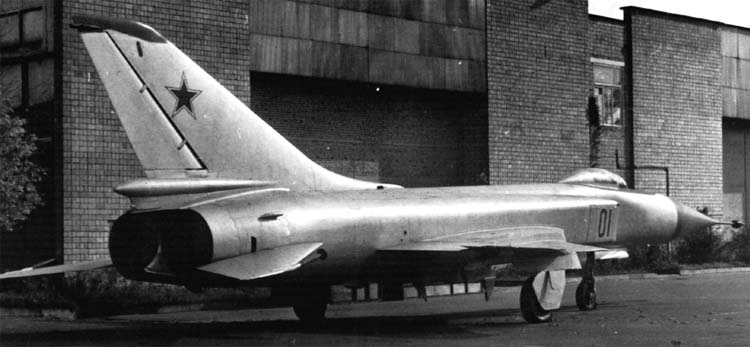
The Flagon-E had a maximum cruise speed of 1,700 kilometers per hour (1,056 miles per hour), and a maximum speed of 2,230 kilometers per hour (1,386 miles per hour) at 12,000 meters (39,370 feet)—Mach 2.10. Its service ceiling was 18,500 meters (60,696 feet), and it had a maximum range of 1,700 kilometers (1,056 miles).
The Su-15TM was normally operated with a ground-controlled intercept system. The aircraft was flown with the autopilot engaged and it was controlled from the ground through a data link. When it was within weapons range, the pilot would take over to fire the missiles.
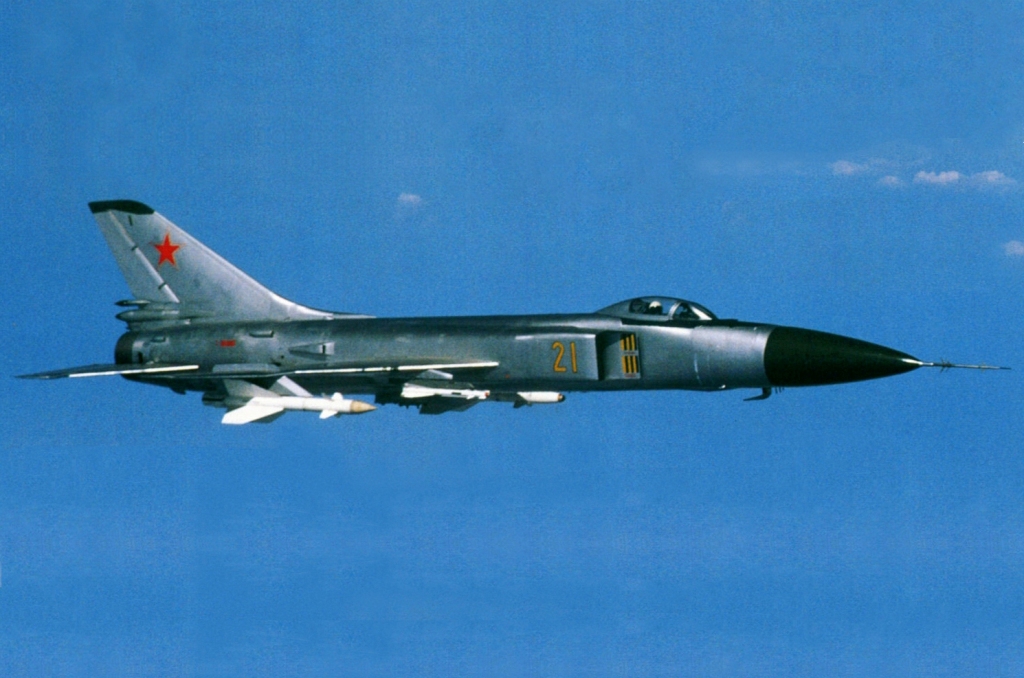
The primary weapon for the Su-15 was the Vympel R-60 (NATO AA-8 Aphid) short-range infrared-homing air-to-air missile, or the Kaliningrad R-98 (NATO AA-3 Anab), which was available in either infrared-homing or radar-homing variants.
The R-60 was a Mach 2.7 missile with a 3 kilogram (6.6 pound) warhead. It is 2.090 meters (6 feet, 10.3 inches) long, 0.120 meters (0 feet, 4.72 inches) in diameter and weighs 43.5 kilograms (95.9 pounds). Its maximum fin span is 0.390 meters (1 foot, 3,4 inches). It had a maximum range of 8 kilometers (5 miles). This was the missile used against Korean Air Lines Flight 902.
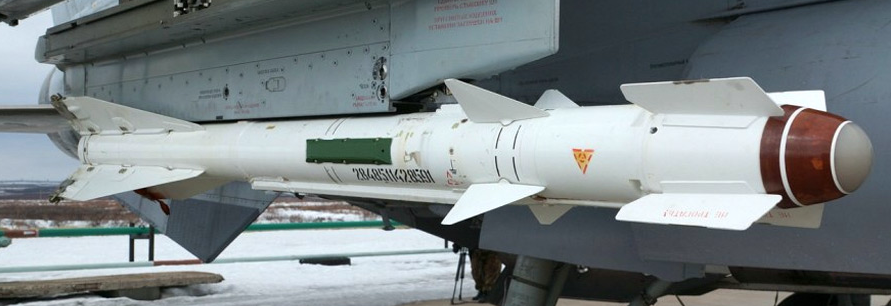
The R-98 was a Mach 2 missile carrying a 40 kilogram (88 pound) high explosive fragmentation warhead. Its maximum range was 23 kilometers (14 miles).
The Sukhoi Su-15 is the same type interceptor that shot down Korean Air Lines Flight 707. It is known as the “Boeing Killer” in recognition of its two victorious attacks on unsuspecting and unarmed commercial airliners.
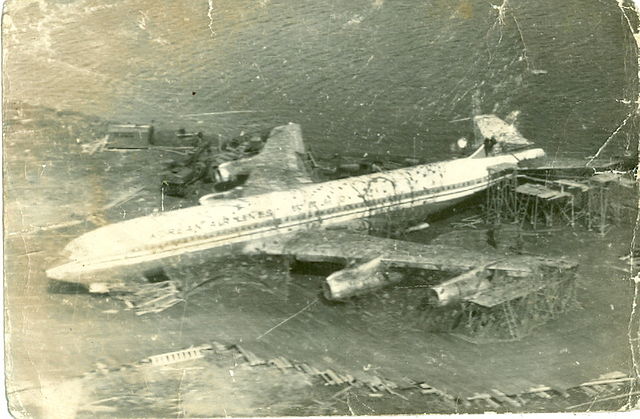
© 2018, Bryan R. Swopes
